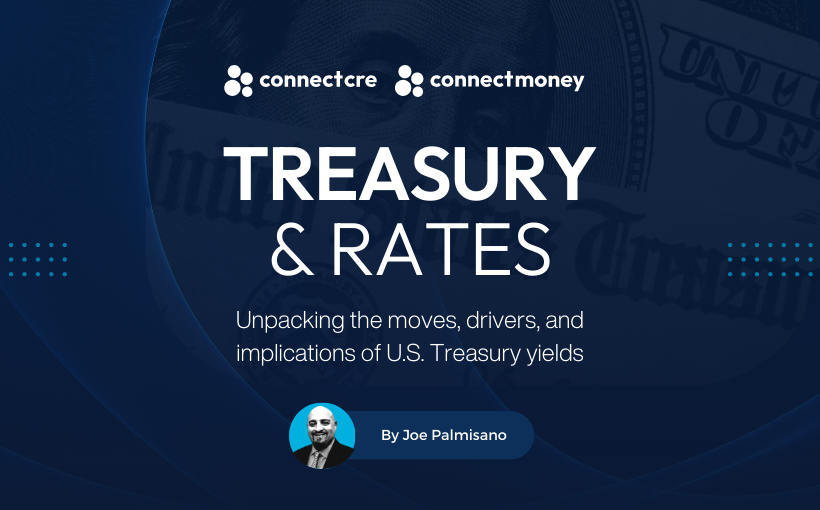**A Look at the Bond Market Through Convexity and Carry**
The bond market, often overshadowed by the high-profile movements of equities, serves as a more profound gauge of economic health and a subtle influencer of government policy. While stock swings reflect short-term optimism or fear, bonds reveal deeper investor sentiment surrounding inflation, long-term economic growth, and fiscal responsibility. Last week, it wasn’t the stock market but the bond market’s unsettling moves that likely caused concern in Washington.
### The Broader Picture: Higher Yields Ahead?
Zooming out, the bond market’s overall trend points to a growing risk of rising government yields—a shift with far-reaching consequences. U.S. sovereign yields are primarily influenced by three factors:
– **Trend Growth:** Currently estimated around 1.5% to 2%
– **Inflation Expectations:** Markets anticipate long-term inflation between 2% and 2.5%
– **Term Premium:** The additional yield investors require for holding a 10-year note instead of continually rolling short-term securities
Combined, these factors suggest a theoretical “fair value” yield for the 10-year U.S. Treasury note in the range of 4.6% to 6.8%. With today’s yield hovering around 4.50%, there is room for further increases.
### Convexity and Carry: Hidden Advantages for Bondholders
Despite concerns about rising yields, bonds are not a one-way risk. Two technical factors—convexity and carry—are currently tipping the scales favorably for bondholders.
**Convexity** refers to how a bond’s price sensitivity, or duration, changes with interest rate shifts. Positive convexity creates an asymmetric payoff. For instance, if the 10-year yield drops from 4.50% to 3.50%, bond prices could rise by 11%. But if yields go the other direction, from 4.50% to 5.50%, the price drop may be limited to just 3%. This imbalance makes bonds an attractive hedge against economic slowdowns and potential Federal Reserve rate cuts.
**Carry** represents the income earned from coupon payments—say, 4.5% annually on a 10-year Treasury—which can soften the impact of price declines due to modest yield increases. Over a one-year holding period, this income can meaningfully offset price drops.
Contrast this to 2022, when high inflation led investors to bet prematurely on falling yields. As the Fed aggressively hiked rates instead, bondholders endured steep losses. Today’s environment is different: yields have already risen significantly, the Fed’s next move is uncertain, and both convexity and carry work in favor of bond investors.
If a demand-driven recession occurs—slower growth paired with subdued inflation—it could prompt the Fed to cut rates. This scenario underlines how the asymmetric return profile benefits bondholders.
### Rising Yields Despite Risk-Off Sentiment
However, the bond market’s recent behavior adds complexity. Typically, in a risk-off environment—when investors retreat from stocks—Treasury yields fall as money flows into safe assets. But despite a recent equity market sell-off, U.S. 10-year yields have increased.
This trend suggests rising skepticism about U.S. government debt. The root causes could include fears surrounding ballooning federal deficits, structural inflation risks, and trade tensions. These concerns may outweigh the traditional perception of Treasuries as a safe haven.
A useful indicator here is the **10-year swap spread**—the difference between U.S. Treasury yields and swap rates—which reflects perceived credit and liquidity risks. This spread spiked to 60 basis points last week before dipping (after the White House temporarily paused new tariffs) and has since crept back up to 55 basis points. This movement highlights lingering investor distrust and suggests Treasuries may no longer be seen as the automatic refuge during volatile times.
### A Path Toward New Highs in 2025?
Market sentiment is increasingly leaning toward 10-year Treasury yields surpassing their January 2025 peak of 4.80%. Several factors are driving this view:
– **Federal Reserve Policy:** A hawkish Fed wary of inflation keeps rate-cut speculation in check.
– **Supply Pressures:** With the Treasury expected to borrow around $2 trillion annually, the flood of new issuance puts upward pressure on yields.
– **Global Demand Shifts:** Foreign investment in Treasuries is waning, as international investors diversify their reserves.
Should yields rise above 4.80%, it could amplify borrowing costs and complicate the federal government’s reliance on cheap debt. While the bond market’s long-term trajectory hints at elevated yields, bondholders are better positioned than in past cycles. Thanks to convexity and carry, the downside risk in today’s environment appears more manageable.
—
*Note: This article is a restructured interpretation of original reporting and commentary. Feedback and perspectives are welcome.*




